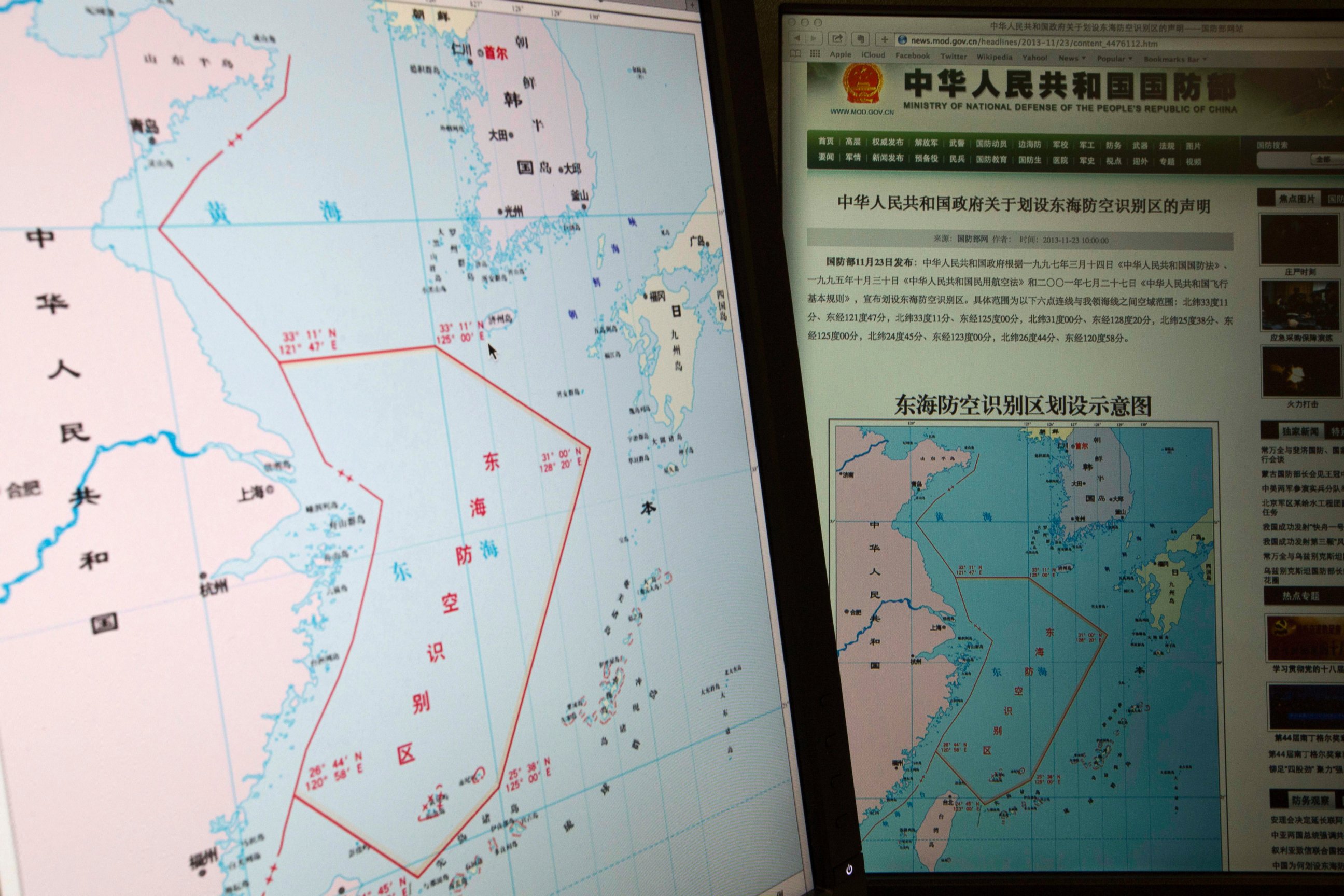What to know about those Russian flights close to Alaska
Twice this week, U.S. intercepted Russian aircraft as they entered an ADIZ.
— -- Twice this week, the U.S. intercepted Russian aircraft off the coast of Alaska after they entered the U.S. military’s Air Defense Identification Zone, according to Defense Department officials.
On Monday, two Russian TU-95 bombers were intercepted 100 nautical miles south of Kodiak Island by two U.S. F-22 fighter jets and one E-3 AWAC reconnaissance plane from Elmendorf Air Force Base in Anchorage, the North American Aerospace Defense Command (NORAD) told ABC News.
It was the first time in more than two years that Russian military aircraft had flown close to the U.S. mainland, according to NORAD.
Then, on Tuesday evening, two more TU-95 bombers flew a path along the Aleutian Islands, heading northeast toward the mainland. An E-3 Sentry reconnaissance plane was dispatched from Elmendorf to intercept the Russian aircraft. The E-3 accompanied the two bombers for several hours before they turned back just 35 miles from the Alaskan coast, a U.S. official said.
In both instances, the Russian aircraft were flying in international airspace, but they crossed into the U.S. military’s Air Defense Identification Zone, or ADIZ, which extends 200 nautical miles from shore.
What is an Air Defense Identification Zone?
An ADIZ is an airspace over land or water that is monitored in the interest of national security.
Unidentified aircraft are asked to identify themselves while transiting that zone. NORAD, which is a joint U.S.-Canadian military command, will send military aircraft towards unidentified aircraft that enter the ADIZ in order to “intercept” them.
Intercepts involve the visual identification of the aircraft and radio communications with the pilots.
There are no international agreements governing ADIZs, so they are not regulated by any international organizations.
While the U.S. ADIZ off the coast of Alaska is 200 nautical miles, ADIZs can vary in how much territory they encompass. They always extend past a country’s sovereign airspace into international airspace.
What is international airspace?
International airspace is just what it sounds like: airspace that is not controlled by any sovereign nation.
According to international law, a country’s airspace corresponds with its territorial waters, 12 nautical miles from the nation’s coastline, so anything beyond that is considered international airspace.
The ADIZ, therefore, extends into international airspace.
Where are Air Defense Identification Zones located?
The U.S. has four ADIZs. One, called the Contiguous U.S. ADIZ, surrounds the continental U.S. The other three are around Alaska, Hawaii, and Guam.
But many nations have ADIZs, including Japan, South Korea, China, and the United Kingdom.

American military aircraft will sometimes transit through international airspace that is considered to be an ADIZ by another country.
In 2013, China established an ADIZ in the East China Sea that has not been recognized by the U.S., Japan, or South Korea. None of those nations have honored China's request that military aircraft provide advance flight plans if they are transiting through the area.
That ADIZ was presumably created to add weight to Chinese claims over the disputed Senkaku Islands in the East China Sea, which Japan also claims as its territory.
ABC News' Luis Martinez contributed to this report.




